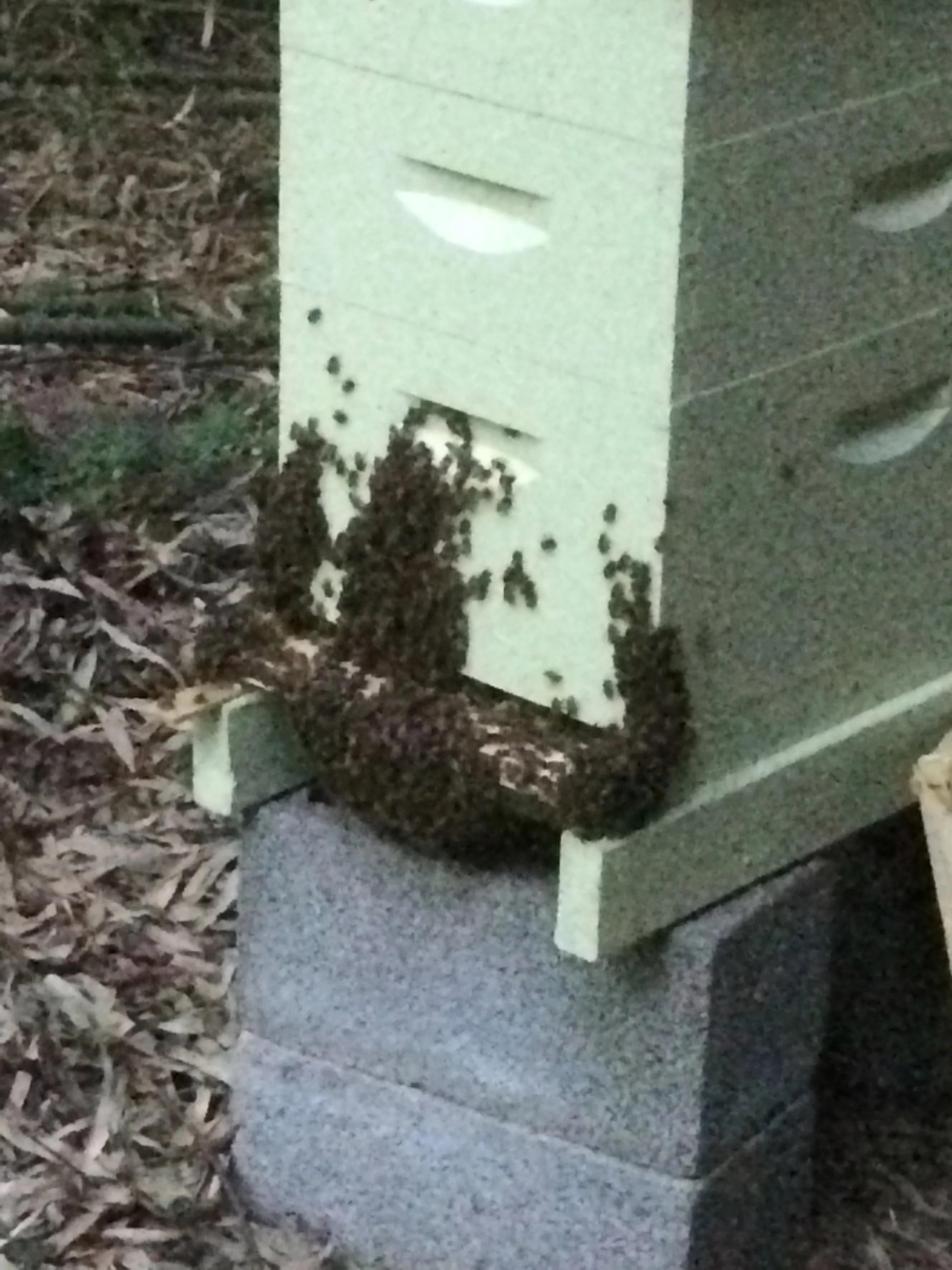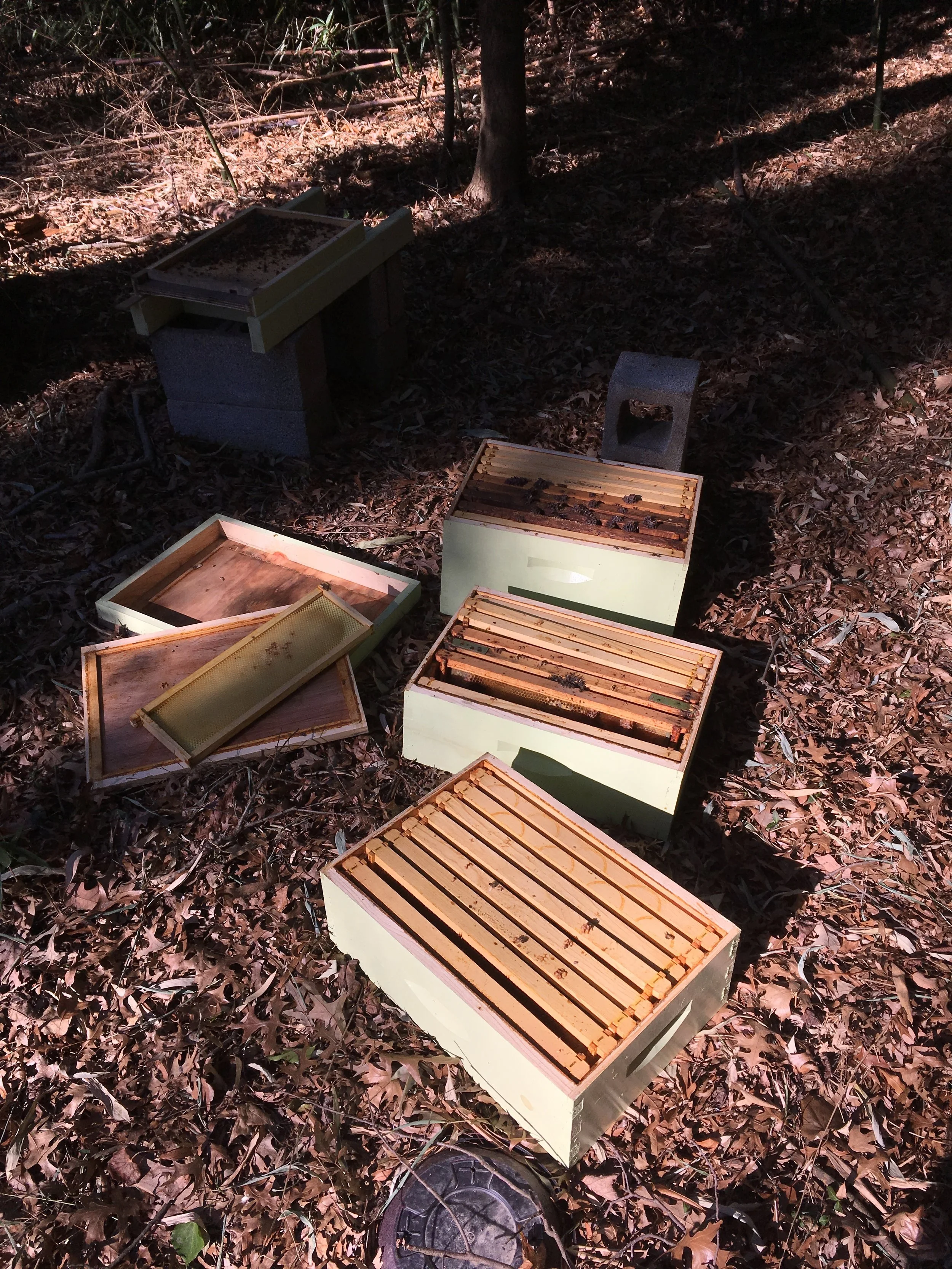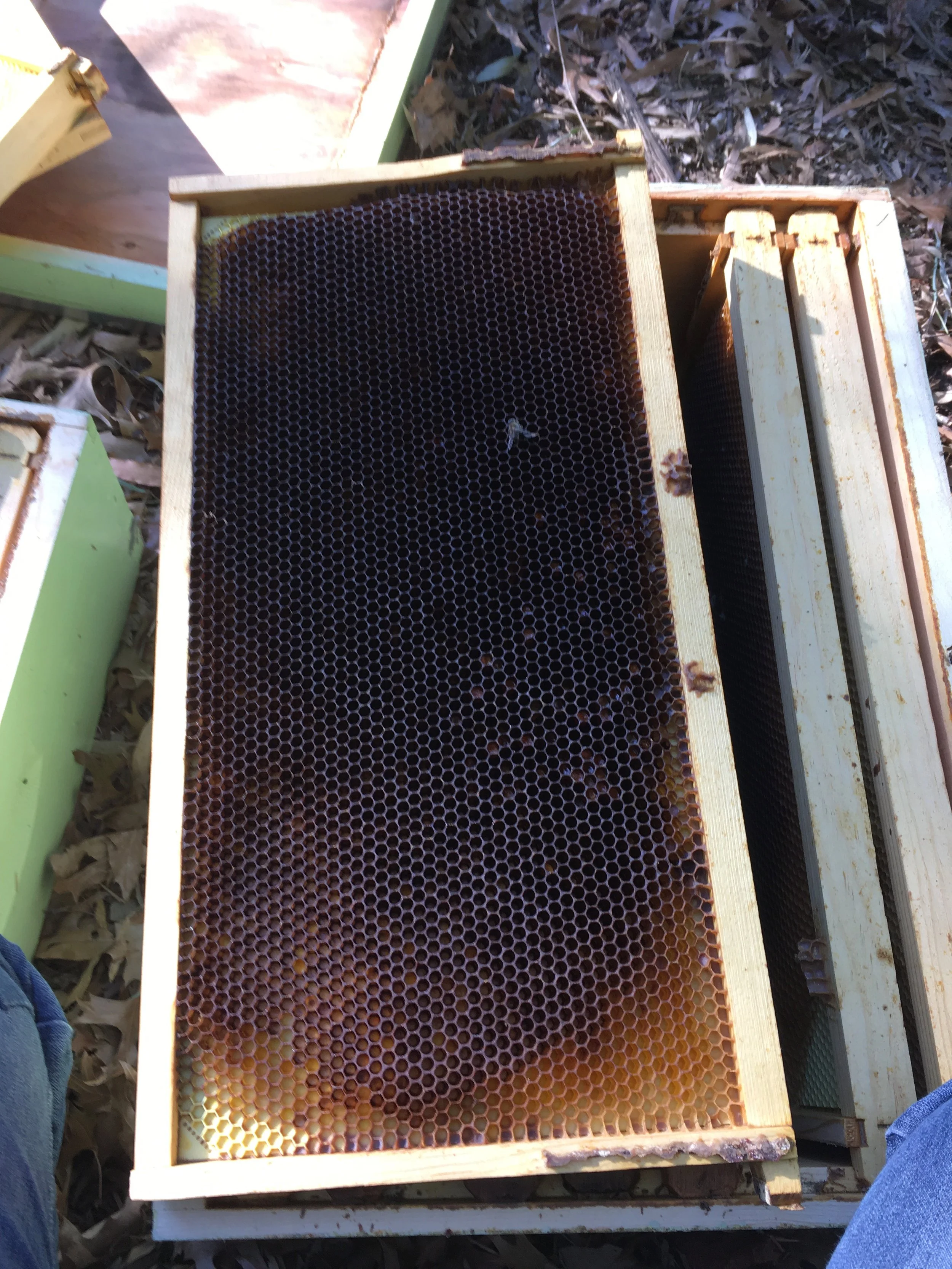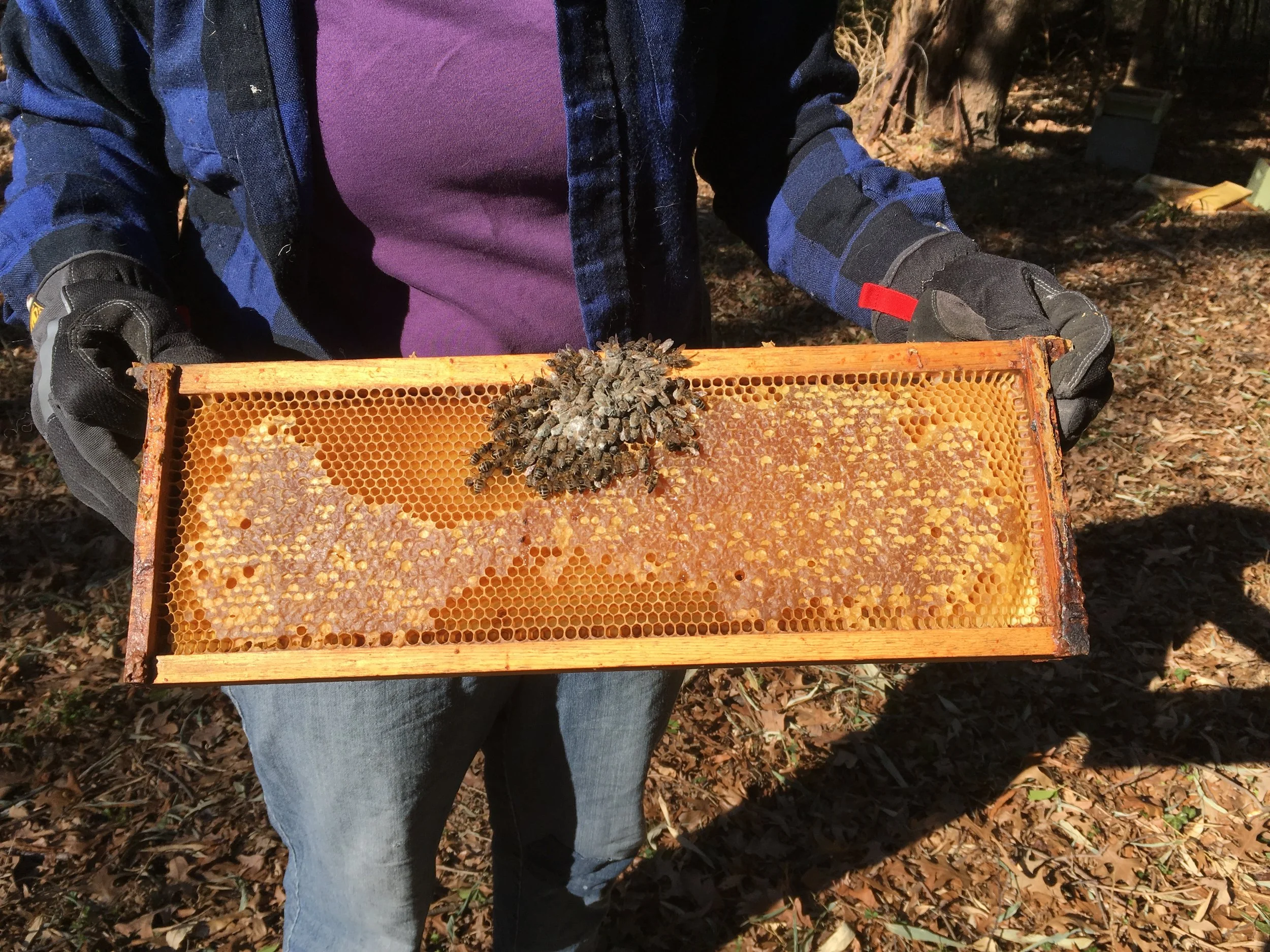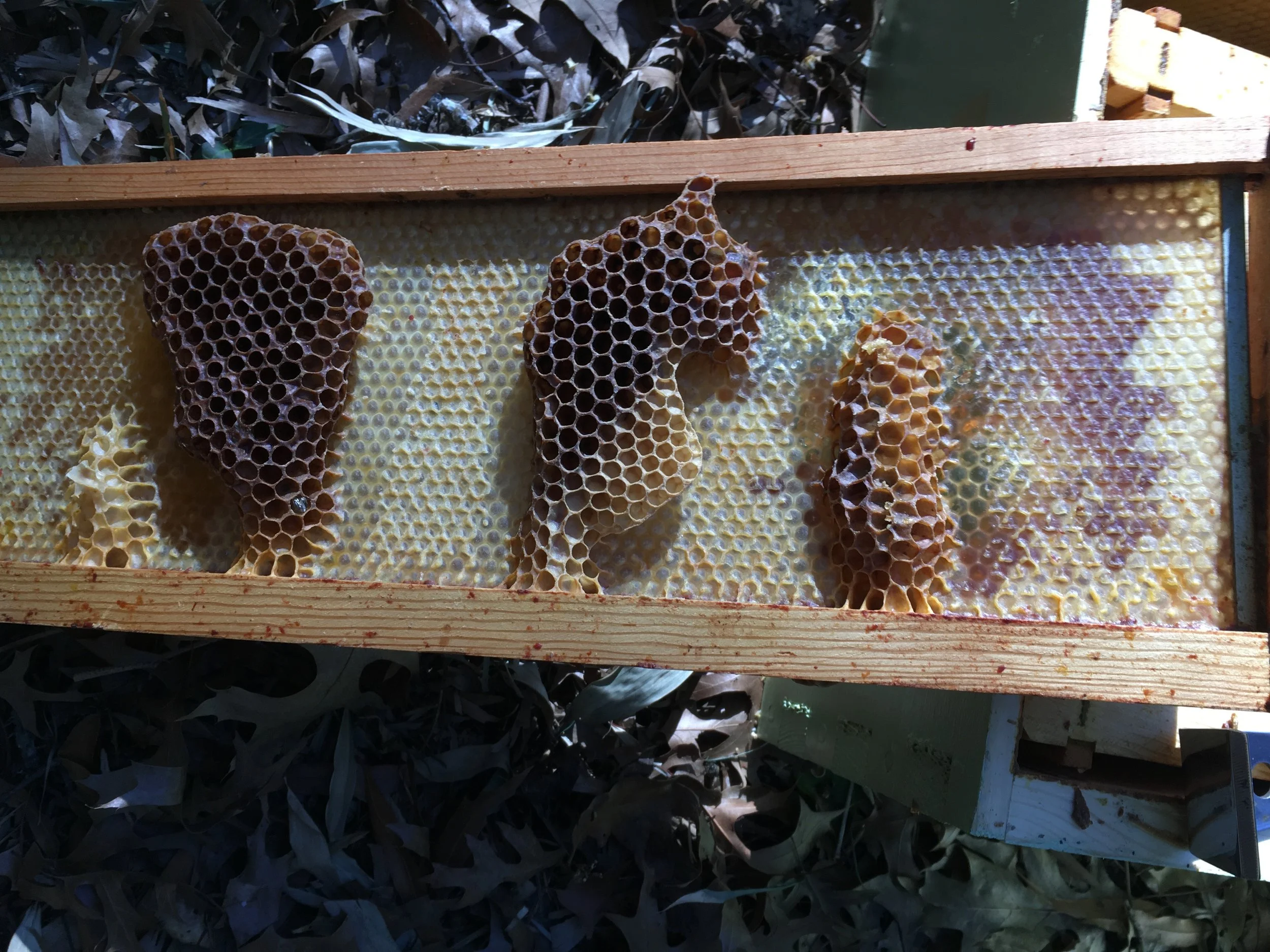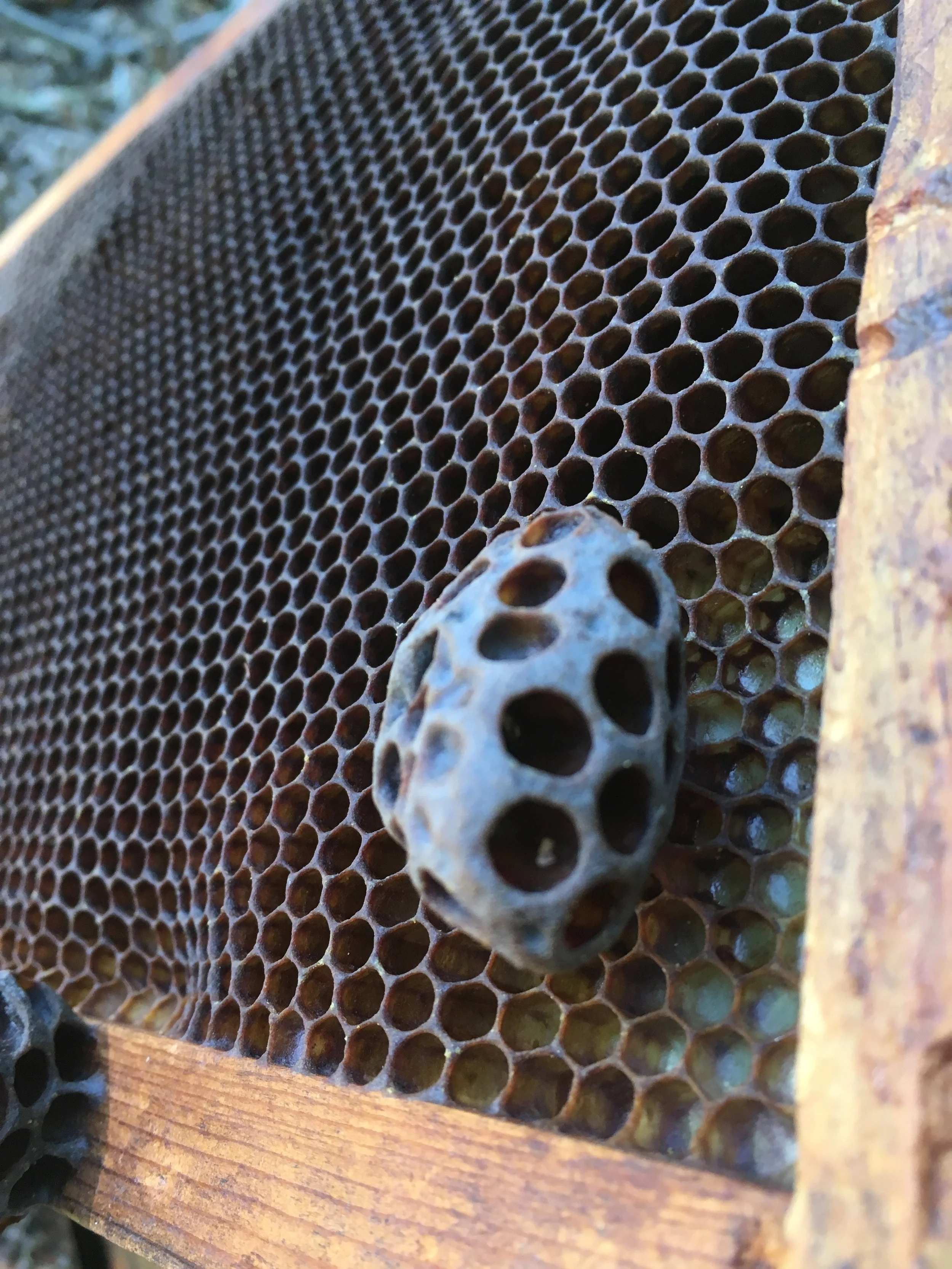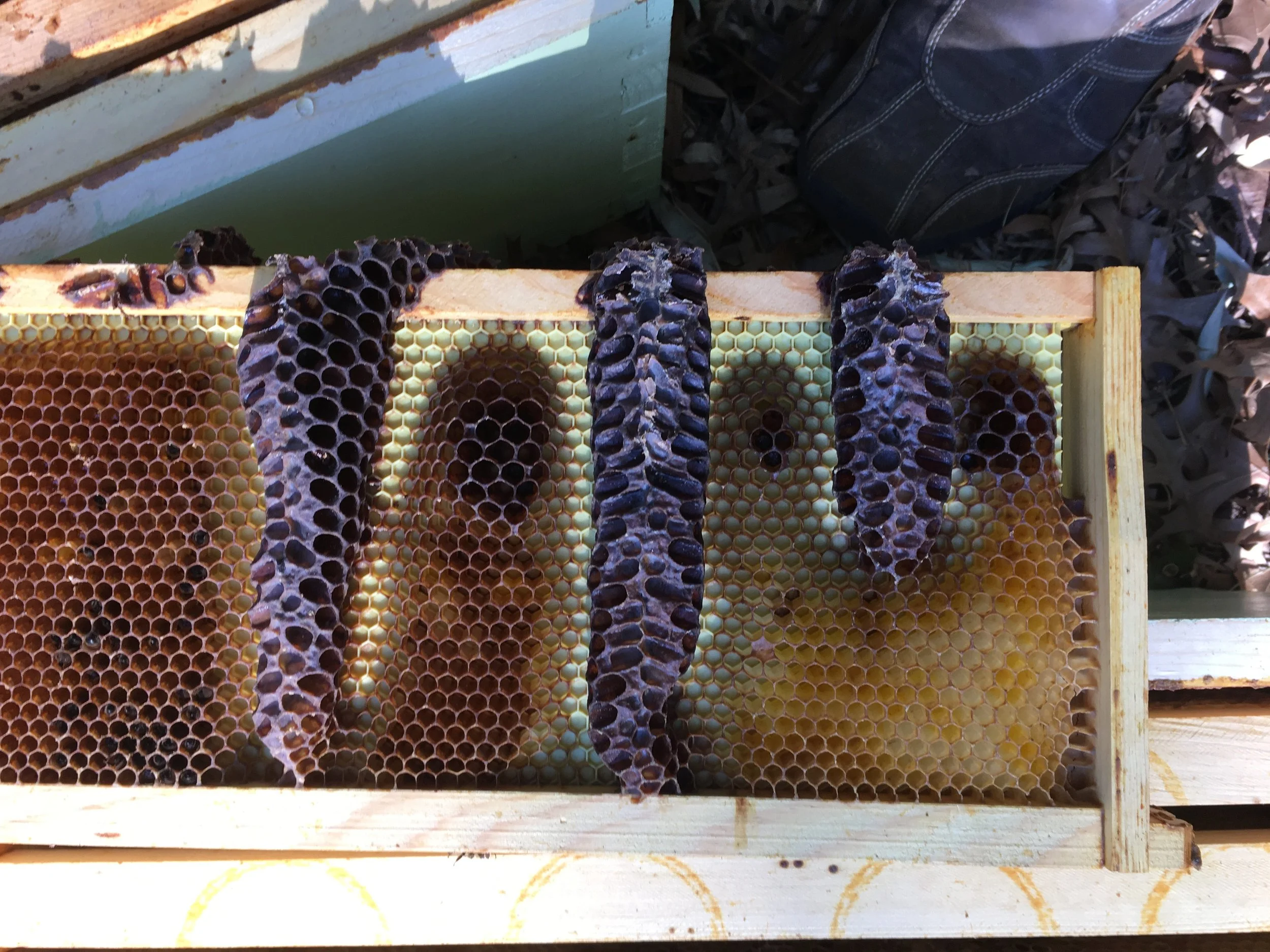Bee Post-Mortem
Image from www.graphicsfairy.com
On the beginning homestead, few things hit harder than losing an animal before time. Two years ago, I bought a nuc of bees, which I lost that same year. It can be hard to know exactly what killed a bee colony, and so it was here – at least to my relatively inexperienced eyes.
Although I “kept bees” with my father from the time I was six (and fairly successfully for some years – although his losses recently have been high as well) I had never been the sole steward of a colony before. But now that I was living in a place with enough space to keep them, I was eager to give it a try.
Bring the Bees!
I chose to purchase my bees from a local-ish beekeeper in West Virginia. That meant that one fine morning at the beginning of May, I drove about two hours to acquire a waxed cardboard box, tightly taped up, with 5 frames of bees, brood, and honey. And one queen, marked with a yellow dot.
Thank goodness for that yellow dot: she was hiding in the folds of the box when I transferred the frames, and if I hadn’t taken a peek and spotted the flash of yellow, I probably would have lost the colony on the first day!
We set up our new hive in a shady spot in the backyard and looked forward to the humming of our new friends throughout the season.
As the summer (an incredibly hot one) progressed, the bees seemed to thrive. After the first few jars of sugar water, I eased off feeding them; Going in and taking a peek, they seemed to be doing just fine, lots of honey stores.
In the middle of the summer, I experimented with putting on a box with glass jars, striped with wax. The idea was that the bees would draw out comb in the jars, allowing me to harvest a bit of comb honey. When I went back in a month later to check, they had not drawn it out – but I did see a lot of hive beetles. Uh oh…
Those beetles were the first suggestion that the hive might be struggling. I put in beetle traps, which seemed to help a bit, and took the top box off so that they wouldn’t have so much empty space.
But overall, the colony seemed ok. – a picture from a hot July day certainly suggested that they were strong in number!
Houston, we have bees!
Houston, we do not have bees.
Going into winter, I took out the beetle traps, checked the weight – it all looked good. Then, on a warm February day, I went out with a stethoscope to listen to the hive. Nothing. No hum, just dead silence.
A few weeks later, in March, I confirmed the sad news. The bees were dead.
The question, of course, is – what killed them? The cluster of dead bees had clearly not starved – they were in the middle of a comb of honey. From what I’ve read, bee colonies that succumb to mite borne diseases generally show half formed bees and bees with deformed wings. I didn’t see anything like that. There were some combs where the bees seemed to crawl INTO the cells, but no brood, and no deformities that I could see.
What I did see, though, was quite a bit of drone comb.
I had listened, over the summer, to a book called “Song of Increase” by J Freeman. While a lot of the book was a bit more – well – spiritual than I usually go for (though fun and relaxing to listen to), it did have a good number of observations about bee behavior. One of the things she noted in the book was that, if bees lose a queen with no chance of creating a replacement, (i.e. no egg at the right stage to rear a new queen), a worker will begin laying eggs – but, as she has not mated, all she can lay are drone eggs.
So, my thought is that the colony lost their queen late in the season, and built a lot of drone comb during that period. If the timing was right, they would have gone into their cluster with too few bees to keep warm, and would have died that way.
I have no idea if this is actually what happened – but it does seem plausible.
I currently have a new nuc on order to try on our land in 2019.
Let’s try this again!
Image from Pixabay. https://pixabay.com/en/beehive-bee-vintage-honeycomb-3434143/



